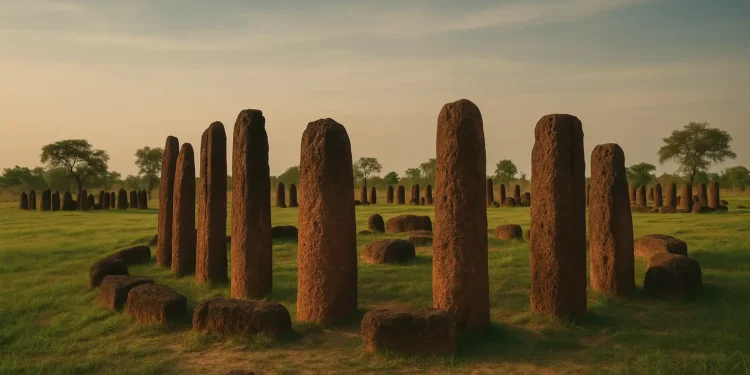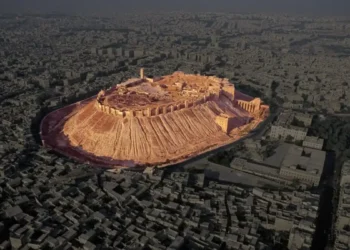We often assume civilization began with writing. But across continents, long before alphabets or empires, ancient people carved meaning into stone and arranged it into circles. These ancient stone rings, some more than 7,000 years old, are aligned with the sun, moon, and stars. Their builders had no known writing system, no cities, and no monuments, only the sky above and stone beneath.
What drove them to create these structures? Were they calendars? Ceremonial sites? Cosmic memory devices? The answer may lie hidden in the way these circles track time, space, and something more timeless, human curiosity.
The first circles of meaning
The oldest stone structures in the world are not pyramids or palaces, but rings. They appear in deserts, forests, savannas, and steppes. Though separated by thousands of miles and built by unrelated cultures, these circles share one thing: alignment with the sky.
Archaeologists have found ancient stone circles that predate writing by thousands of years. Some track solstices. Others point to bright stars. All of them suggest a deep understanding of cycles and a need to record them in permanent form.
Why circles? The shape has no beginning or end. It reflects continuity of seasons, of time, of life and death. That universality may explain why circles appear in cultures that never met, speaking languages no longer remembered.
Nabta Playa: A stone calendar in the desert
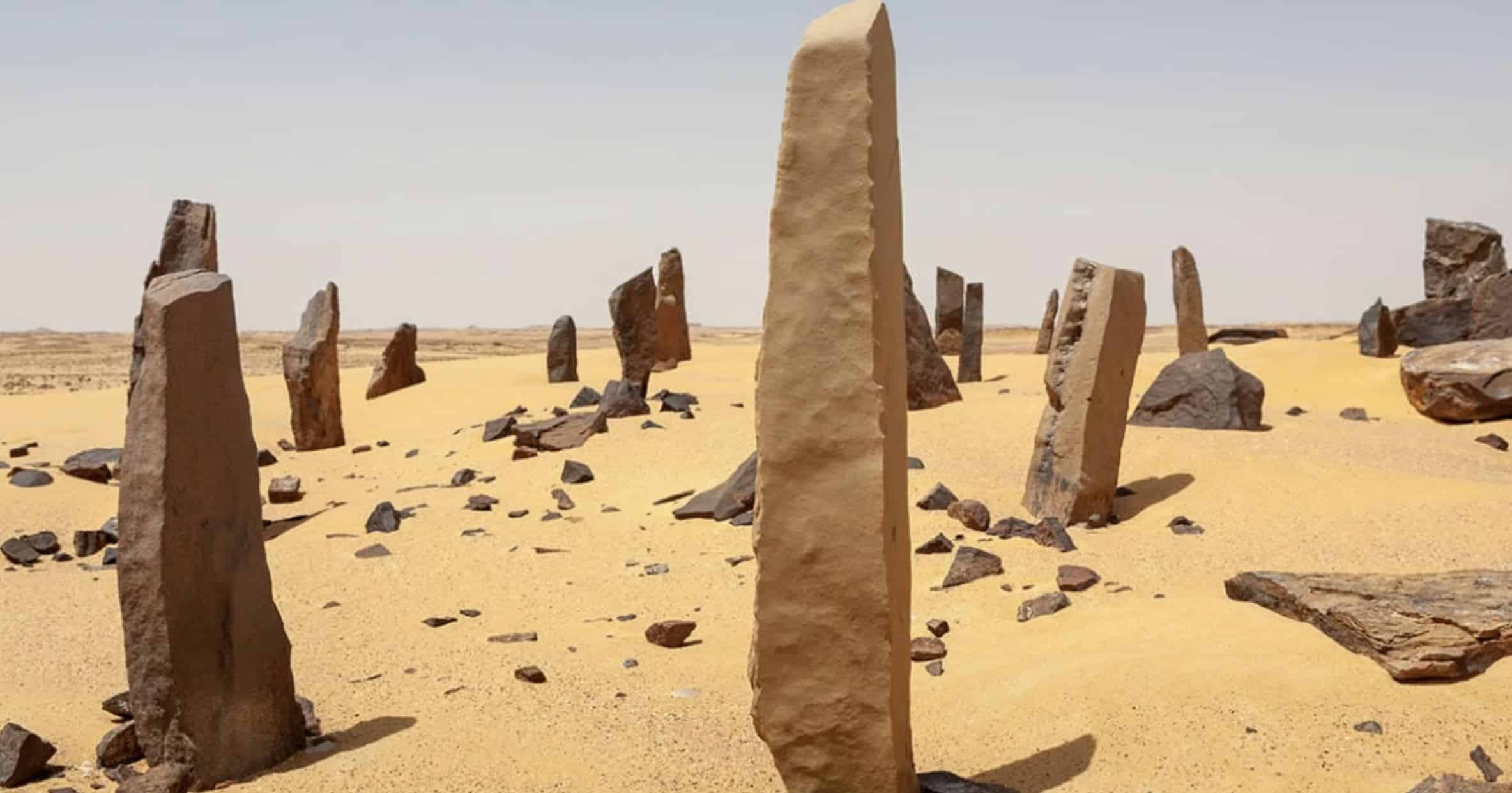
In southern Egypt, buried beneath sand for millennia, lies Nabta Playa, a site older than Stonehenge. Built around 7,000 years ago by nomadic pastoralists, it features upright stones arranged in a circle with alignments that track the summer solstice.
Some researchers believe the stones point to Sirius and Orion’s Belt, suggesting a celestial function that goes beyond seasonal tracking. Nearby carved stones, including depictions of cows, hint at rituals tied to fertility, rain, or life cycles. Yet the people who built Nabta Playa left no written record.
They had only the stars to guide them, and stones to preserve what they saw.
Arkaim: Russia’s forgotten observatory city
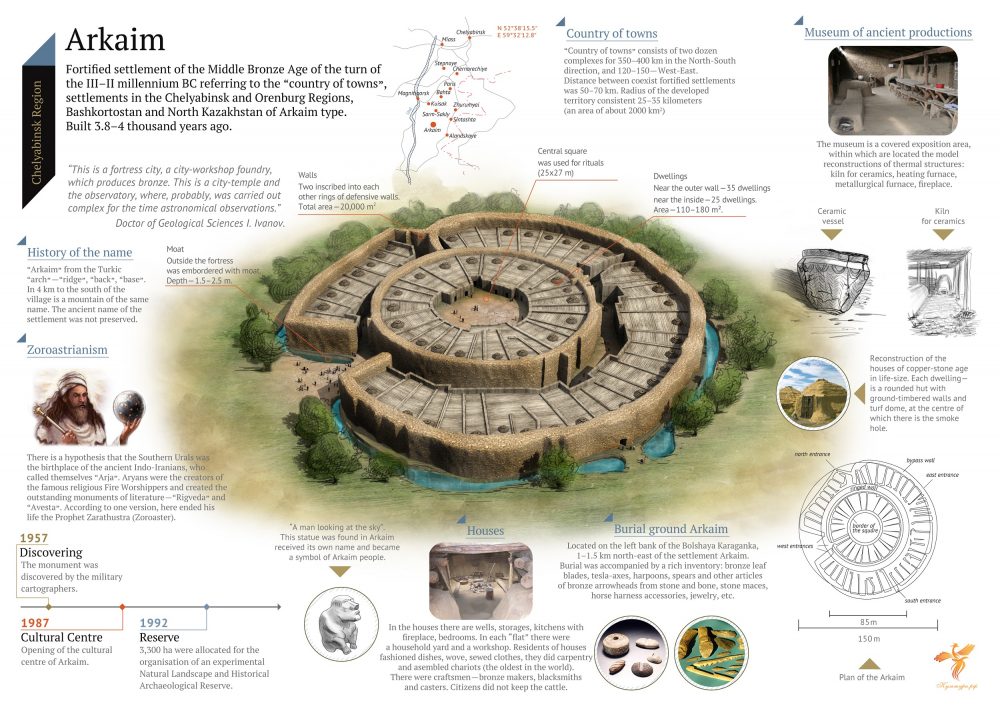
I think a few of my readers have heard of this site. In the southern Ural Mountains lies Arkaim, a Bronze Age settlement with a circular layout and a mysterious past. Built roughly 4,000 years ago, its concentric walls and radial streets seem more than defensive. Researchers have noted solar and lunar alignments in its structure, leading some to describe it as an ancient observatory.
Arkaim’s origins are tied to early Indo-European migrations. Sky worship was common among these groups, and Arkaim may have served as a center for both astronomical observation and religious ceremony. Unlike Nabta Playa, it was a lived-in settlement, not just a ceremonial space. But its circular plan suggests a symbolic link to the sky above, a mirror of the heavens on Earth.
The Senegambian circles: Africa’s mysterious monuments
Scattered across Senegal and The Gambia are more than 1,000 stone circles, forming the largest concentration of megalithic structures in West Africa. Many date from the 3rd century BCE to the 9th century CE, but some may be older. Thousands of upright stones, often precisely placed, stretch across the landscape in repeating patterns.
Most were built over burials, but their scale and precision raise more questions than answers. Some researchers propose astronomical functions. Others see them as markers of territory or lineage. Almost nothing is known about the people who built them. Yet their work remains, quiet and immovable, still pointing at the sky.
What were the ancient stone circles really trying to say
We may never know exactly why these ancient stone circles were built, but when we step back and look at the patterns, a picture begins to form. Many of them are aligned with the solstices or lunar events, which suggests their builders were tracking time. This wasn’t just about counting days. It may have been a way to mark the rhythm of seasons, migrations, or sacred moments in the year.
Some of these ancient structures feel like gathering places. The way the stones are arranged, the way they open into space, hints at ceremonies or communal rituals. People may have met there to watch the sky, share stories, or honor something greater than themselves.
Then there are the details that raise even more questions. Certain sites reflect sound in strange ways. Others follow exact mathematical layouts. These elements suggest more than just tradition or instinct. They point to deliberate design, a kind of planning that reaches into science as well as spirit.
In a few places, the alignment of stones seems to echo the sky above. Stars have earthly counterparts. The layout becomes a reflection of the heavens. It’s as if these builders were creating a memory on the ground, one that would preserve what they saw in the sky.
Taken together, the rings speak to a kind of intelligence we don’t often associate with ancient people. They understood space and time. And they used stone to hold on to that knowledge.
Circles across the world and across time
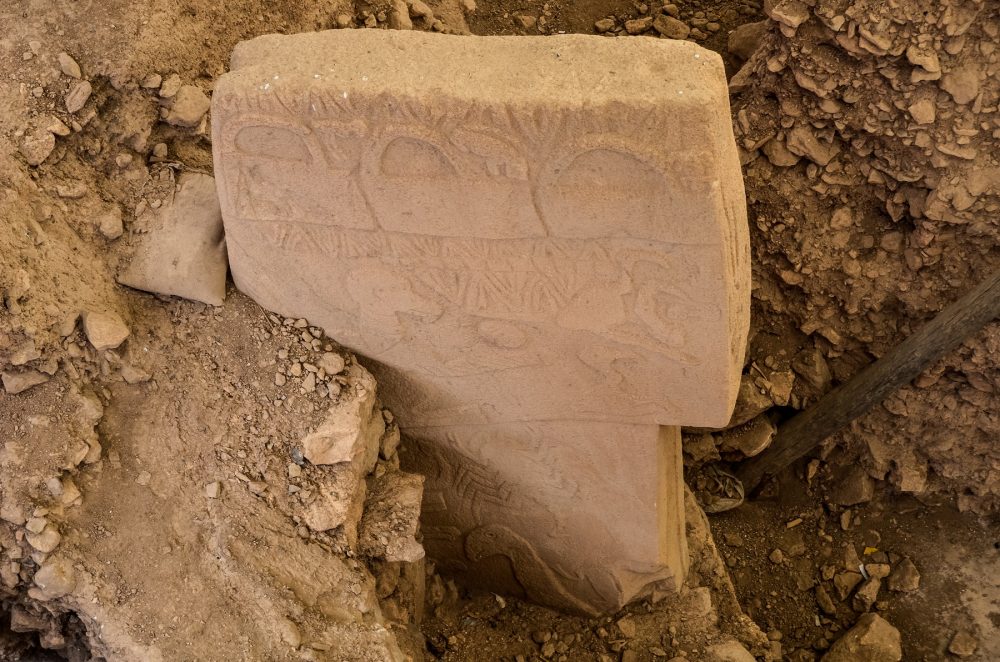
One of the most remarkable things is how often these stone circles appear in places that had no contact with each other. From the deserts of North Africa to the grasslands of Russia and the mountains of South America, circles keep appearing. Different people, different continents, but the same shape again and again.
Within these circles, familiar symbols often repeat. Bulls. Vultures (like at Göbekli Tepe). Rays of sunlight. The meanings may not have been the same, but the images speak to shared concerns. Life and death. Light and darkness. The turning of the sky.
Even now, we still rely on circles to shape our understanding of time. Our clocks are round. Our calendars turn in cycles. We still think in seasons, in repetitions, in return.
Maybe these ancient rings weren’t just tools or temples. Maybe they were a way to remember. Not just information, but feeling. Not just facts, but presence. They were made to last, and they have. Even if the language is lost, the shape remains. Even if the names are gone, the stones are still watching the sky.



